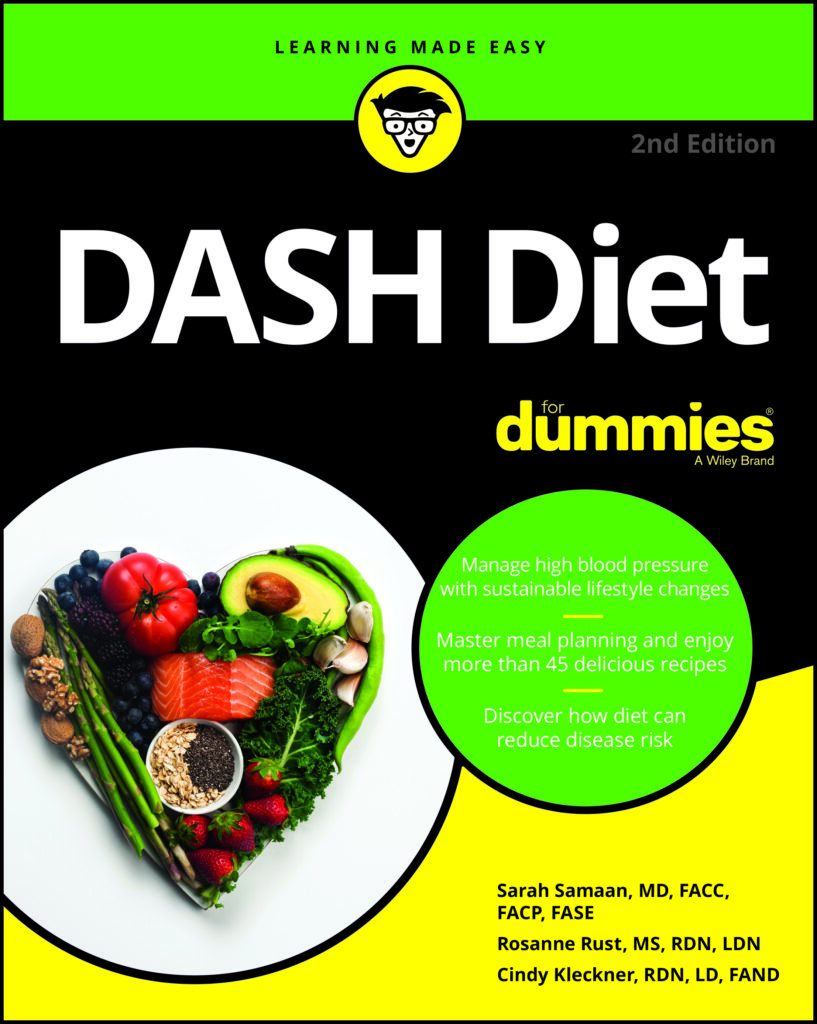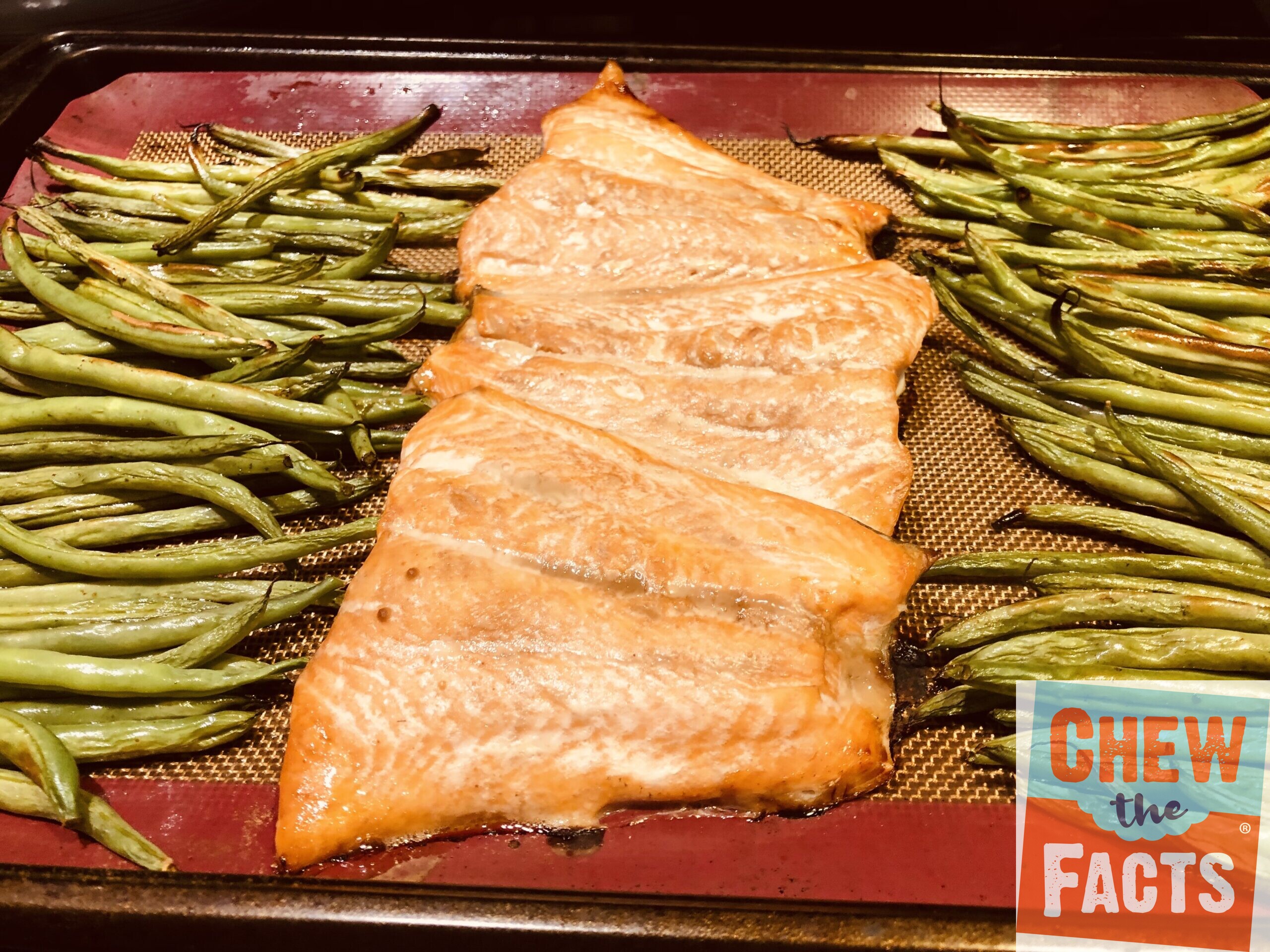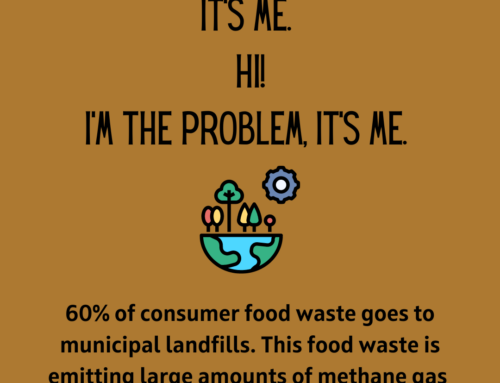Almost half of all adults in the United States have high blood pressure―but many of us are not aware of it. High blood pressure, also known as hypertension, is a leading cause of death in the United States.
You may think that blood pressure needs to be really high to be considered “high blood pressure”. However hypertension is now defined as a blood pressure of 130/80 (stated “130 over 80”). The first number (130) is the systolic pressure measurement, and the second number (80) is the diastolic pressure (learn more in Part 2 of our book).
Get it Checked
Check in with your physician during an annual visit, or stop by a local pharmacy and have your blood pressure checked. Many pharmacy chains have a free blood pressure monitor available. If your numbers are outside of the normal range (see below) talk to your doctor. If you don’t have a doctor, or can’t afford a visit, talk to the pharmacist about resources in your area.
According to the American College of Cardiology, blood pressure categories in the new guideline are:
- Normal: Less than 120/80 mm Hg
- High Stage 1: Systolic between 130-139 or diastolic between 80-89
- High Stage 2: Systolic at least 140 or diastolic at least 90 mm Hg
- Hypertensive crisis: Systolic over 180 and/or diastolic over 120 (may require immediate hospitalization if there are signs of organ damage)
Changes
Blood pressure rises with age and with body weight. For this reason, checking in with your doctor annually is a good idea. If you are young you may not think about it, but if you are over 30, it’s time to keep tabs on your health. That’s what prevention is all about – taking steps before things get chronic.
If you’ve been diagnosed with high blood pressure, it’s important to manage it with diet and medication. Many affordable medications are available to treat blood pressure. You can also ask your doctor for a referral to a registered dietitian to discuss diet therapy in detail. And, if you are overweight or obese, losing some weight is a first-line treatment for lowering those blood pressure numbers.
People with uncontrolled high blood pressure are at twice the risk for heart issues as those without high blood pressure. Click To TweetLifestyle Changes
The DASH diet plan is a good fit for anyone with either known heart disease, diabetes, or at risk for either. Remember, this eating plan isn’t just a low salt diet. DASH has been proven to lower systolic pressure, whether it’s low salt or not. A lower sodium diet does help control blood pressure, but nutrients like potassium, calcium, and magnesium are important too. That’s why you’ll want to add more fruits, vegetables and low fat dairy into your meals and snacks.
Rather than thinking about the DASH Diet as a “diet” think of it as a lifestyle. Making lifestyle changes means creating a different environment in which you live. It’s not just eating well, but moving more, not smoking, setting up an annual doctor’s visit, preventive care and stress management.
It’s also helps to have a positive mindset. Change your perspective by thinking about it as an opportunity for healthier eating and living.
Small changes every day can make a difference.

How-to DASH
DASH Diet For Dummies® makes it easy for you to understand your blood pressure. The book will help you understand how your behaviors affects your heart and your whole body. The book includes a review of the risk facts to watch (that have an impact on your overall risk for heart attack or stroke). Plus, it includes 46 recipes to enjoy. It’s also now available as a audiobook.
Looking for more recipes? Check out DASH Diet for Two or my Amazon recommended book page (these are Amazon affiliate links. If you purchase through my Amazon store, I receive a small commission). And, try this Sheet Pan Salmon:






[…] Hypertension) causes wear and tear on your heart, kidneys and brain. It’s important to know what your numbers are, and to treat it if it’s too high. You can have your blood pressure checked at most […]